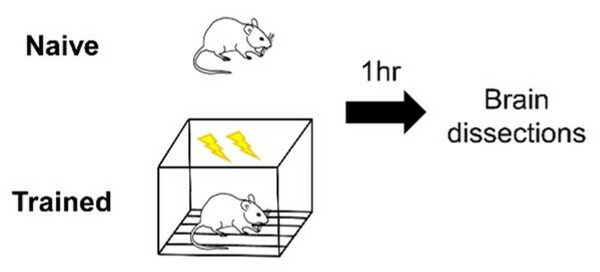Sex differences in linear polyubiquitination in the entorhinal cortex during fear memory formation
(1) Blacksburg High School, (2) Virginia Polytechnic Institute and State School
https://doi.org/10.59720/22-203
Post-traumatic stress disorder (PTSD) is a major anxiety disorder that has a higher incidence rate in women than men, despite that women do not report experiencing more traumatic events. Understanding the neurobiological mechanisms supporting the formation of fear memories that underlie PTSD and how they vary by sex is important for responding to the etiology of this disorder. We recently reported that linear polyubiquitination, a noncanonical form of ubiquitination that is independent of proteasomal-mediated protein degradation, is increased in the amygdala in a sex-specific manner following contextual fear conditioning in rodents. However, it is unknown if linear polyubiquitination is changed in other parts of the fear circuit following training and if this varies between sexes. Here, we found that contextual fear conditioning results in decreased levels of linear polyubiquitination in the entorhinal cortex (EC) of male, but not female, rats. Further, females had lower resting levels of linear polyubiquitination in the EC, suggesting that sex differences already existed at baseline in this brain region. Conversely, neither sex nor training altered linear polyubiquitination levels in the dorsal hippocampus (DH), prefrontal cortex (PFC) or retrosplenial cortex (RSC). Together, these data provide the first evidence that linear polyubiquitination is altered in a sex and brain region-specific manner during fear memory formation. Our data have important implications for understanding the sex differences that exist in PTSD.
This article has been tagged with: